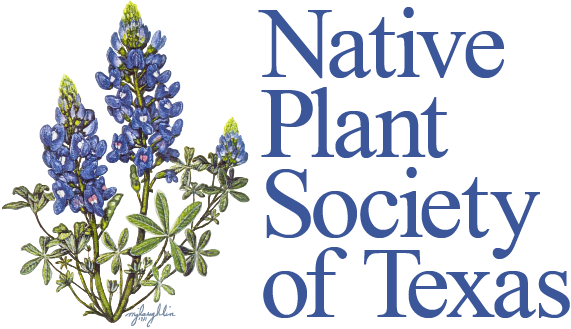About the Contest
It is time for all chapters to take part in the annual membership contest.
Two chapters are recognized: (1) the chapter with the largest numerical increase in primary memberships, and (2) the chapter with the greatest percentage increase in primary memberships.
Chapters with the highest numerical increase and highest percentage increase in primary memberships in the first quarter of 2023 will be recognized at the State Board meeting in May.
Deadline – April 30th
The timeframe to increase membership has been extended from January 1 to April 30 since the board meeting will be held in early May. Take advantage of this extra time to help your chapter reach new primary members and share our love of native plants with friends and neighbors.
Contest Rules
This is the eleventh year for the contest. Rules are the same as in previous years.
The number of primary memberships for each chapter on the morning of January 1 will be compared to the primary membership total for the morning of April 30, then the numerical increase and the percentage of increase will be calculated to determine the winners.
Membership has steadily increased since the first year of the contest. Bringing in new members gives new energy and experiences to chapters. Members can find many ideas to help their chapter on our website and in the Chapter Tool Chest. A tool that many chapters have found useful is a one-page tip sheet, Ten Tips for Increasing Membership, which can be found on the Membership tab of the Chapter Tool Chest.
Find your chapter’s numbers
Chapter leaders: View your chapter numbers in the Membership Portal.
